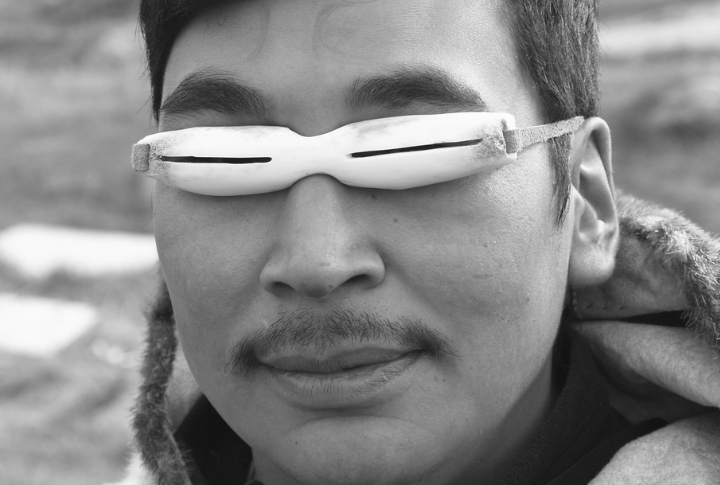
Long before modern laboratories and factories, Native American societies were shaping daily life with remarkable ingenuity. They turned natural materials into tools, medicines, and systems that quietly underpin much of today’s technology and culture. Let’s discover how ancient brilliance continues to power modern convenience in the following exploration of Native American innovation.
Maize (Corn) Domestication

It’s hard to believe that the corn on dinner plates began as tiny wild grass. Native Americans turned it into maize, a reliable food that fed entire communities. Grown with beans and squash—the famous “Three Sisters”—it became the heart of sustainable farming and now feeds billions worldwide.
Potato Domestication
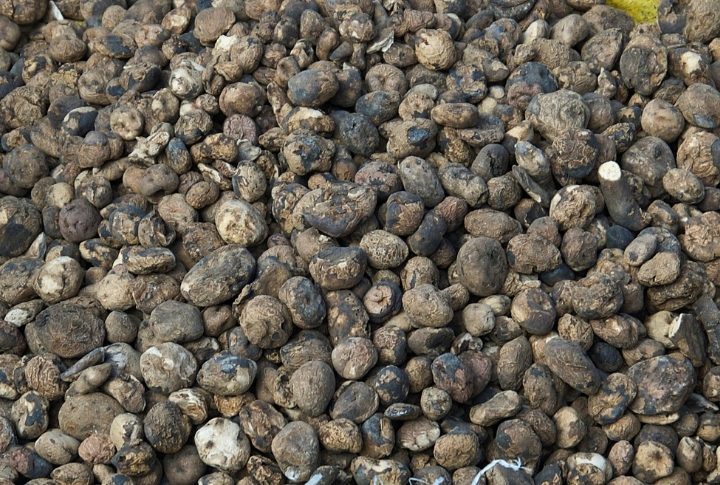
High in the Andes, Native farmers figured out how to grow food where most couldn’t. The potato, born in what’s now Peru and Bolivia, was their secret weapon. They even learned to freeze-dry it into chuno for storage. Today, over 4,000 Andean varieties still exist.
Chocolate From Cacao
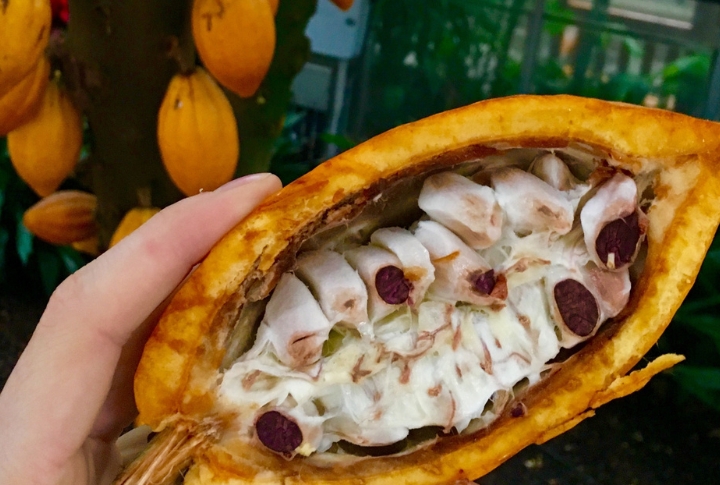
Chocolate didn’t start as a sweet treat. Instead, it began as a spicy drink. Mesoamerican cultures like the Maya and Aztec turned cacao beans into a bitter brew they valued so highly that they used the beans as money. The word “chocolate” may have changed, but the magic started with them.
Rubber Production
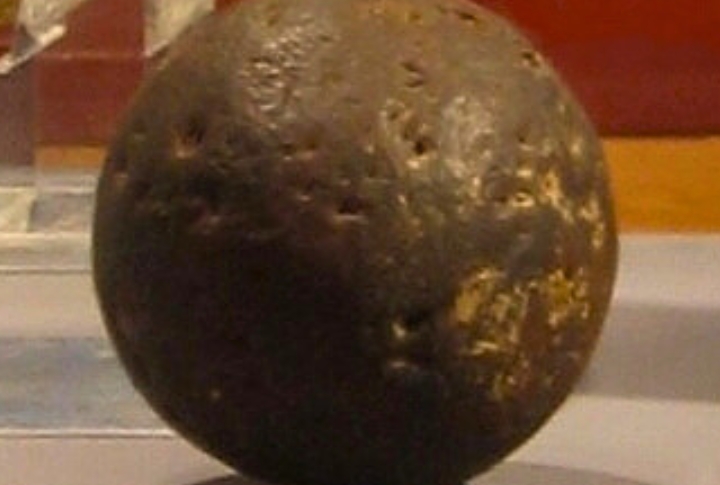
Long before factories and chemistry labs, the Olmec people made rubber from tree sap and morning glory juice. These people shaped it into balls for rituals, sandals, and tools. That was around 1700 BCE, which is centuries before modern rubber was invented.
Kayaks

Inuit hunters mastered Arctic waters with a design that still works today. They built kayaks using driftwood or whale bone frames covered in animal hides. It’s fast and easy to control. The word “kayak” means “man’s boat,” and its design is still the blueprint for modern adventures.
Snow Goggles
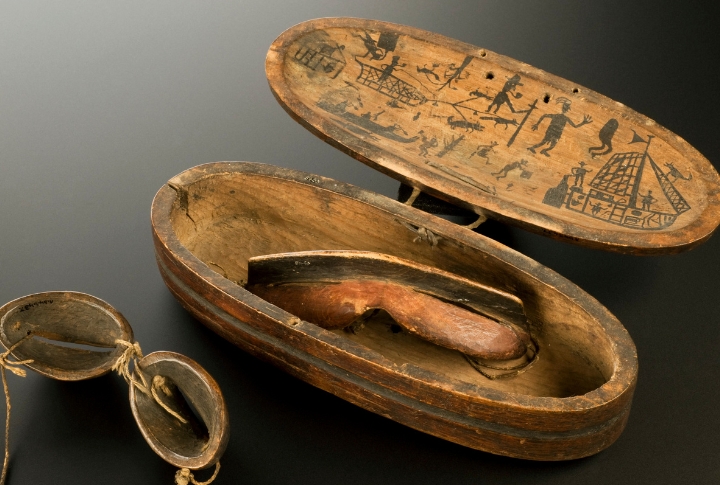
Blinding snow was dangerous. To protect their eyes, the Inuit carved goggles from bone or wood with narrow slits to block sunlight. Simple in design yet flawless in function, those ancient lenses are regarded as the world’s first sunglasses, millennia ahead of modern invention.
Suspension Bridges
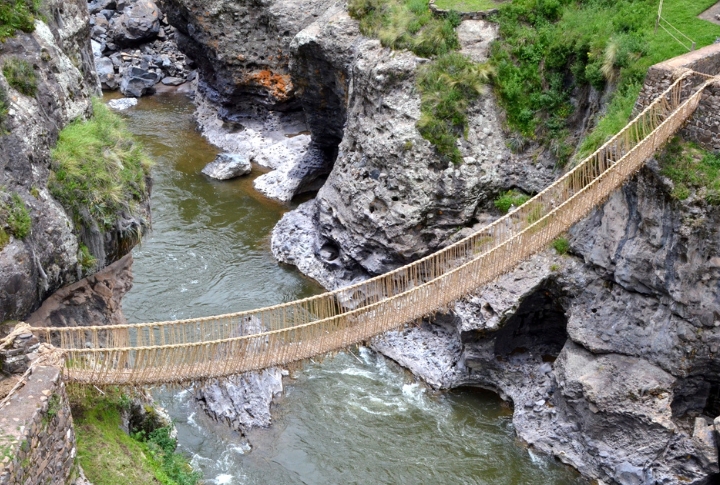
The Inca didn’t need steel or concrete to cross deep valleys. They braided mountain grasses into sturdy bridges that connected villages high in the Andes. Some are still rebuilt each year in Peru—a living tradition that shows how skill and nature worked hand in hand.
Hammocks
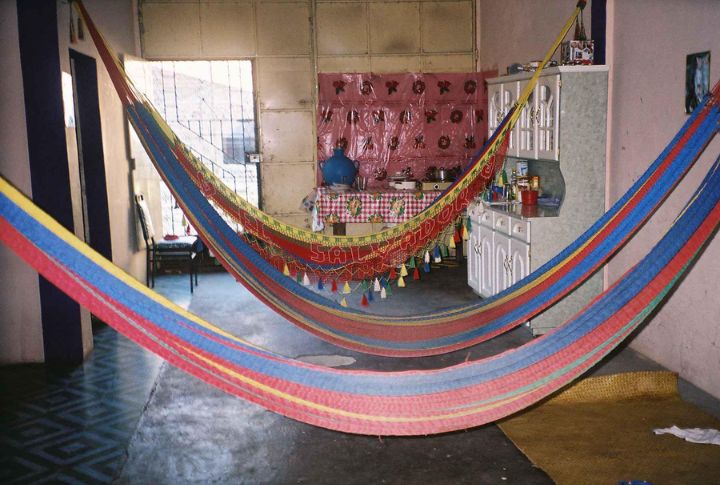
What began as a survival tool became a global symbol of relaxation. The Taino crafted hammocks from woven fibers to lift sleepers safely off the ground. You can thank them for that sense of comfort. The Arawak word “hamaka” eventually spread worldwide when sailors embraced the idea at sea.
Lacrosse

Before stadiums and helmets, lacrosse was a spiritual and social event for Native tribes. Games could last for days, with hundreds of players running across fields using wooden sticks and leather balls. This sport was tradition, teamwork, and community wrapped into one.
Syringes

Medicine got an early start thanks to Native healers who built syringes from bird bones and animal bladders. They used them to clean wounds and give treatments centuries before Europe did. Some even made early baby bottles the same way, which is proof that necessity sparks amazing creativity.

